
A Brief History of Chinese Hand Knotted Carpets
Hand-made carpets began in the life of nomads, and Xinjiang is one of the cradles of hand-made carpets in China. During the Qin and Han dynasties, wool fabrics appeared in northwest China, and the wool tufted carpet was one of them. Under the vast canopy of the earth, the herdsmen live hard on the cold steppe of thirty -forty degrees below zero and the wool carpet becomes a warm thing. A wool carpet brings the warmth for the family.

In the hinterland of the Qin and Han dynasty, and in the desert oasis, the ancient country was once flourishing and became the post station of the commercial brigade on the Silk Road. The Xinjiang niya site, which was discovered in 1959, is supposed to be the site of the ancient city. A large number of cultural relics have been unearthed at the site of niya, among which the wool hand woven carpet is one of them.
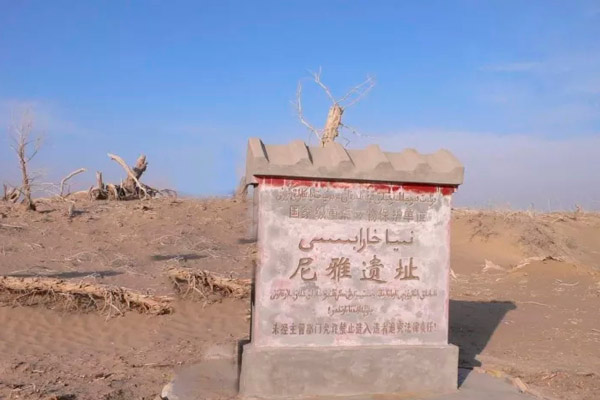
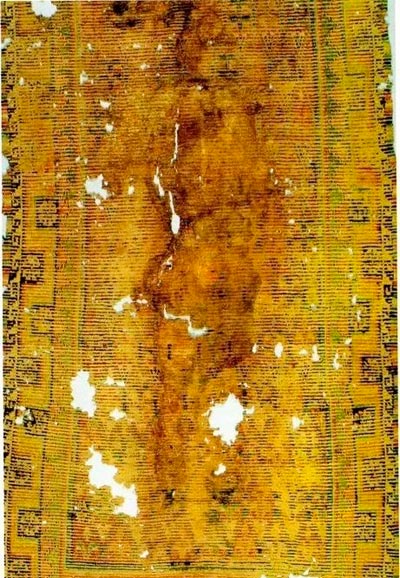
In the tang dynasty, as the starting point of the Silk Road, there were 108 workshops, complete with restaurants, restaurants, temples, medicine shops and taverns, etc.
In the Jinggong square of the southeast corner of Chang’an east, the felt industry gathers in this area, and the business people are busy dyeing and weaving. Not only Chang 'an, but also in the other place of great tang dynasty, the main industry is weaving carpets. But at that moment, materials and functions of carpet have been different from the Qin and Han dynasty. The tang dynasty is extravagant, the carpet in tang dynasty is managed by official management, and the material is also used by superior silk, for the royal court to use.
The carpet was given to other countries as gifts in the tang dynasty except for the use of the royal court. It is said that the Japanese city named nara is also treasure up the flowers and birds design silk carpet which presented by the royal court of Tang dynasty.
In Qing dynasty, during the thirty-five years of Kangxi's (The 4th emperor of the qing dynasty, reigned from 1661 to 1722) expedition to Ningxia, Kangxi was recalled by the ningxia rugs as a reminder of the carpeting in the Forbidden City. So, Kangxi brought the craftsman back to Beijing and set up the rug workshop to weave rugs.
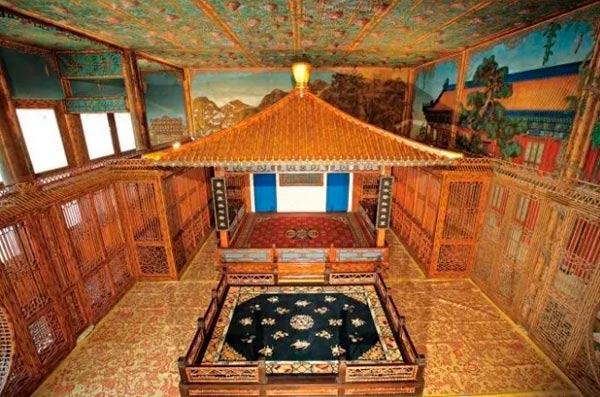
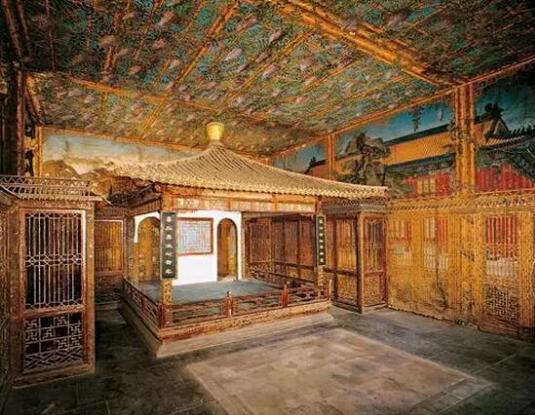
In the twenty-sixth year of Guangxu (The 11th emperor of the qing dynasty), Germany Reuter Brockelmann in Tianjin ordered two hand-made carpets, one is made in silk, one is made in wool, very exquisite, and sold them to Germany, and then caused a stir. The people know that the Chinese people can weave soft carpets with a lasting color. Thus, the carpet was ordered on a large scale from Reuter Brockelmann. Beijing hand-made carpets became the darling of the international market momentary, and at the outbreak of the First World War, surpassing Persian and Turkey and reaching its peak. In the 12th year of the republic of China, there were 206 Beijing hand-made carpet factories, more than 6,000 weavers, and the style of Beijing style carpet was formed at this time.
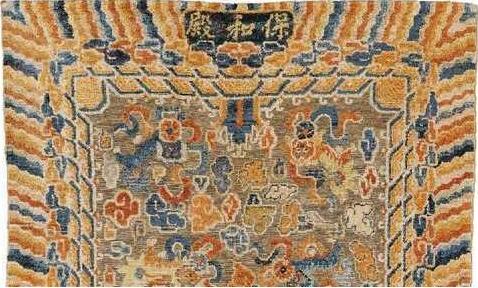
At the end of the 19th century, Beijing carpet was introduced to Tianjin, from 1914 to 1930, the Tianjin carpet factory has grown to 303, and the loom also has more than two thousand. In the 9th years of the republic of China, the American Persian opened the American Gentry carpet factory. In the 12th year of the republic of China, the American Nichols started the Nichols carpet factory. These carpet factories occupied an 80% share of the Tianjin carpet industry and became a monopolist.
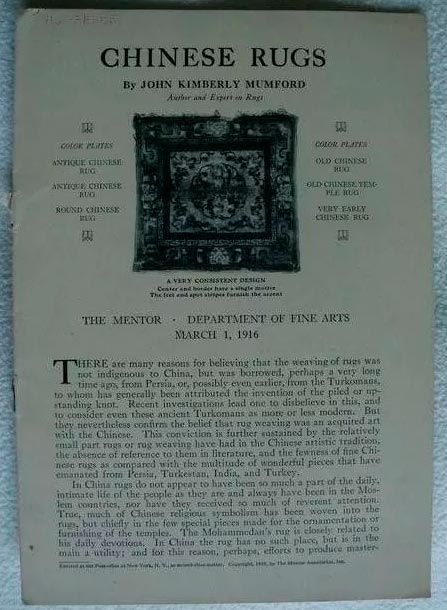
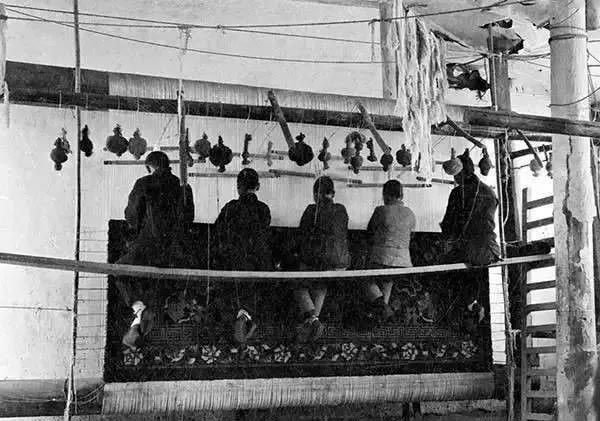
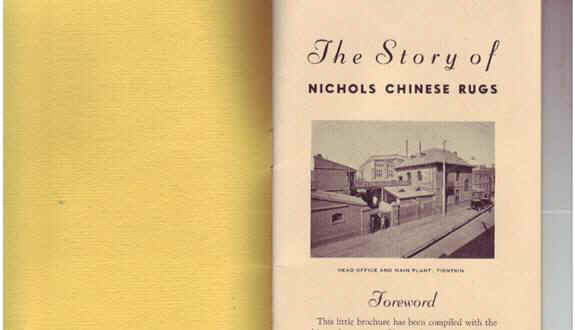
The prosperous Tianjin and Beijing carpet industry began to gradually disappear in the Chinese territory under the war since 1940s. Only the hand knotted carpets produced at that time scattered around the world to be recalled.
After the founding of the People's Republic of China, the Tianjin carpet and the Beijing carpet began to emerge in the 1950s, and the factory produced hand-made woolen carpets, the pattern is more exquisite, and most of them are exported. At the same time, thousands of years of hand-woven carpet skills have been recovering in the inland. Jiangnan, chuanshu, and central China gradually appeared silk hand woven carpet exported; especially the Nanyang located in Henan province which is rich in silk. In the 1980s, the Nanyang silk carpet was spread throughout every peasant household and woven 90% of Chinese hand-made silk carpet.
Nanyang silk hand knotted carpet has gone through the ups and downs for more than half a century, and still pushing it forward till now.
